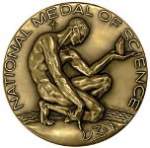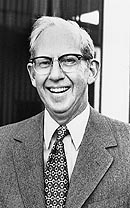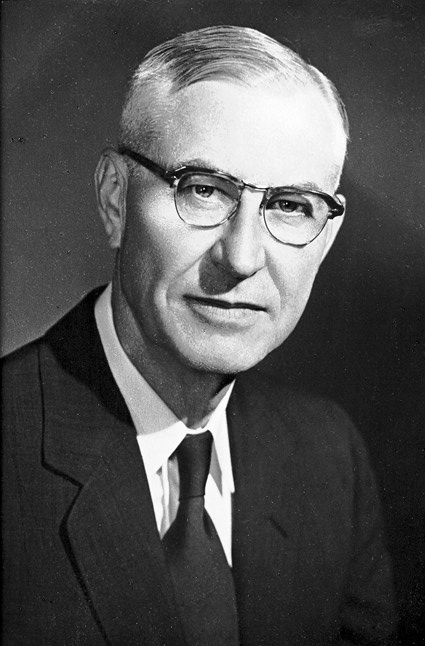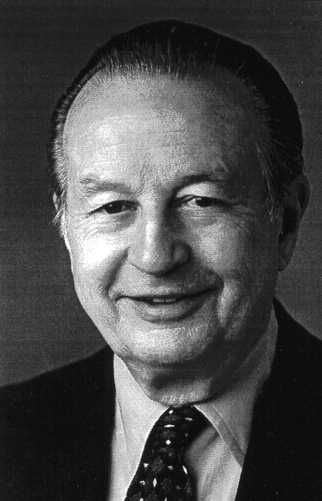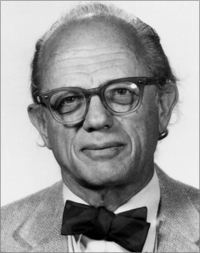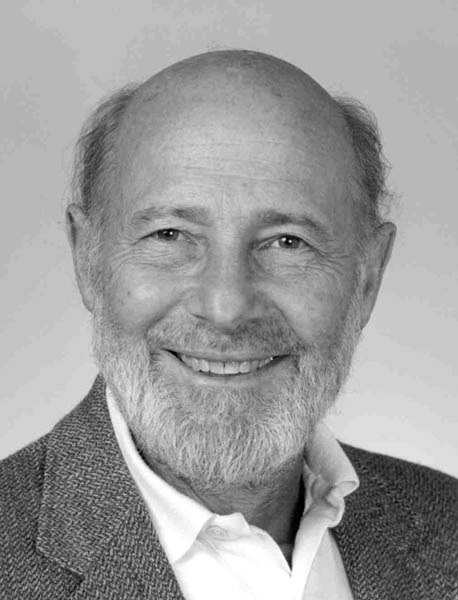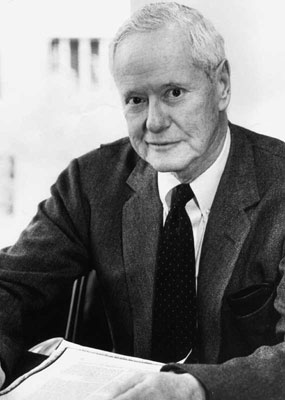Edward Mills Purcell National Medal of Science Awarded In 1979
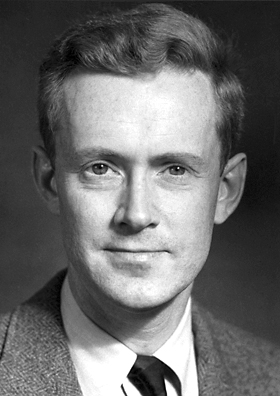
Edward Mills Purcell
Award Name : National Medal of Science
Year of Award : 1979
Award for : Physics
Location : Taylorville, Illinois, United States
Edward Mills Purcell was an American physicist who shared the 1952 Nobel Prize for Physics for his independent discovery of nuclear magnetic resonance in liquids and in solids. Edward Mills Purcell was born in Taylorville, Illinois, U.S.A., on August 30, 1912. He was educated in the public schools in Taylorville and in Mattoon, Illinois, and in 1929 entered Purdue University in Indiana. He graduated from Purdue in electrical engineering in 1933. Purcell made contributions to astronomy as the first to detect radio emissions from neutral galactic hydrogen, affording the first views of the spiral arms of the Milky Way. This observation helped launch the field of radio astronomy, and measurements of the 21 cm line are still an important technique in modern astronomy. He has also made other seminal contributions to solid state physics, with studies of spin-echo relaxation, nuclear magnetic relaxation, and negative spin temperature. With Norman F. Ramsey, he was the first to question the CP symmetry of particle physics.
Purcell received many honors. In addition to the 1952 Nobel Prize, he was named the Gerhard Gale University Professor at Harvard. He was a also a member of the National Academy of Sciences (1951), a member of the American Academy of Arts and Sciences, a fellow of the American Physical Society and its president in 1970, and a foreign member of the Royal Society. He was awarded the National Medal of Science in 1979 for his service to the nation, and won the Oersted Medal in 1968, given by the American Association of Physics Teachers for his contribution to physics education.
